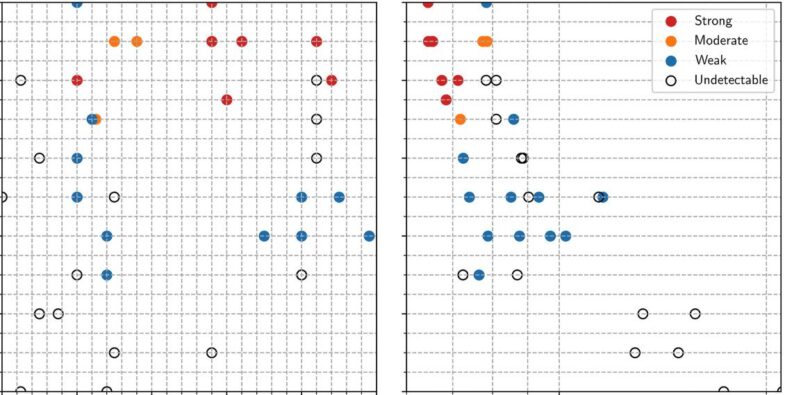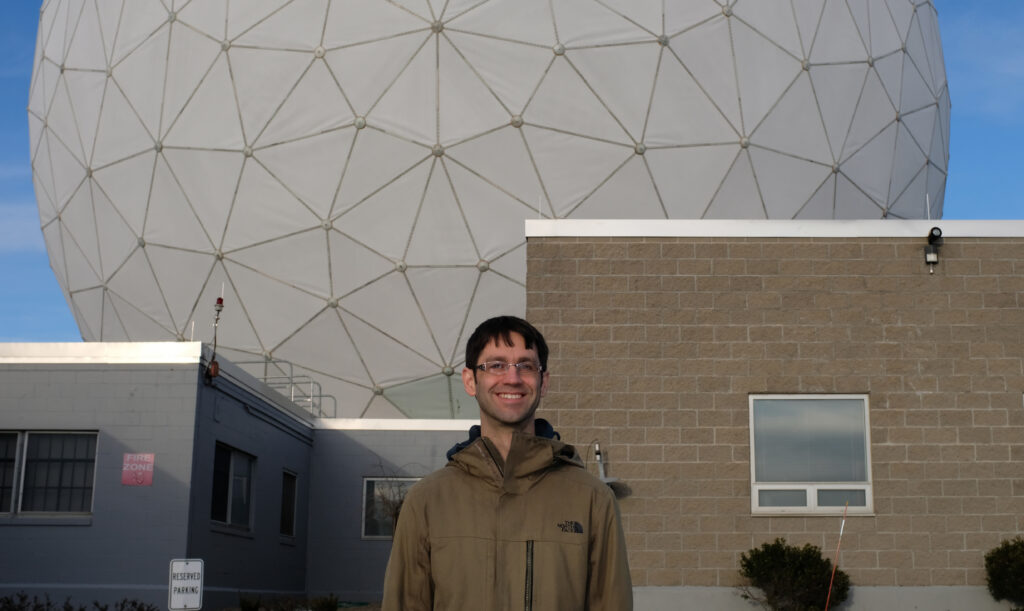
Derghazarian on space weather
MIT Haystack Observatory recently welcomed postdoctoral researcher Sevag Derghazarian to its atmospheric and geospace science group. Derghazarian has just published his latest research in the Journal of Geophysical Research: Space Physics.
Sevag Derghazarian is from Montreal, Canada, where he obtained his undergraduate degree in electrical engineering from École Polytechnique de Montréal. He completed his Ph.D. at Cornell University in August 2022, under the mentorship of Dr. David L. Hysell, in the department of Electrical and Computer Engineering, with a focus on Upper Atmospheric Physics. The main topic of his doctoral studies was high-altitude irregularities of the equatorial topside ionosphere. These irregularities consist of disturbances in the highest levels of the ionosphere (a level of the atmosphere characterized by a high concentration of ions) around the Earth’s magnetic equator.

Derghazarian came to Haystack in October 2022, as a postdoctoral researcher in the Geospace group. He will continue this research at Haystack with collaboration with colleagues, and will also be focusing on traveling ionospheric disturbances (TIDs), using Millstone Hill Global Navigation Satellite Systems (GNSS) data. He is examining the relationship between space weather events such as TIDs, gravity waves (GWs), stratospheric and mesospheric winds, as well as global medium-scale traveling ionospheric disturbances (MSTIDs) distribution and conjugacy—their location and effect on the upper or topside ionosphere.
Derghazarian’s latest paper, “Lower Hybrid Waves in High Altitude Echoes of the Topside Equatorial Ionosphere” (Derghazarian et al. 2023), is focused on potential mechanisms associated with the production of lower hybrid waves in high-altitude echoes. High-altitude echoes are a new class of non-thermal (i.e., not caused by temperature fluctuation) irregularities or changes that appear in the post-midnight equatorial topside ionosphere and inner plasmasphere (a region of the Earth’s magnetosphere). The lower hybrid waves appear only at low solar flux, which is when the Sun is at a relatively lower level of activity in its approximately 11-year cycle.

This research is based on data obtained at the Jicamarca Radio Observatory radar in Peru. The results represent a first attempt at describing mechanisms involved in generating these atmospheric irregularities, thought to be unique to the altitudes and local times where they are observed. In addition, this work sheds light on a relatively unexplored area of the upper atmosphere, and perhaps on other unknown processes of the plasmasphere.
Derghazarian’s work is not only scientifically important, but also relevant to everyday activities, in that upper atmospheric irregularities such as these have a significant effect on today’s communication and navigation technology. It is not yet known whether these events can degrade space-based communication such as GNSS (which includes GPS), but it is possible they do have an effect on this technology similar to that of lower-altitude equatorial plasma bubbles, or pockets of low-density plasma within the atmosphere. These bubbles can have a negative effect on satellite-based navigation and communication. Predicting this behavior in the Earth’s atmosphere may thus prove useful to our essential modern technologies.